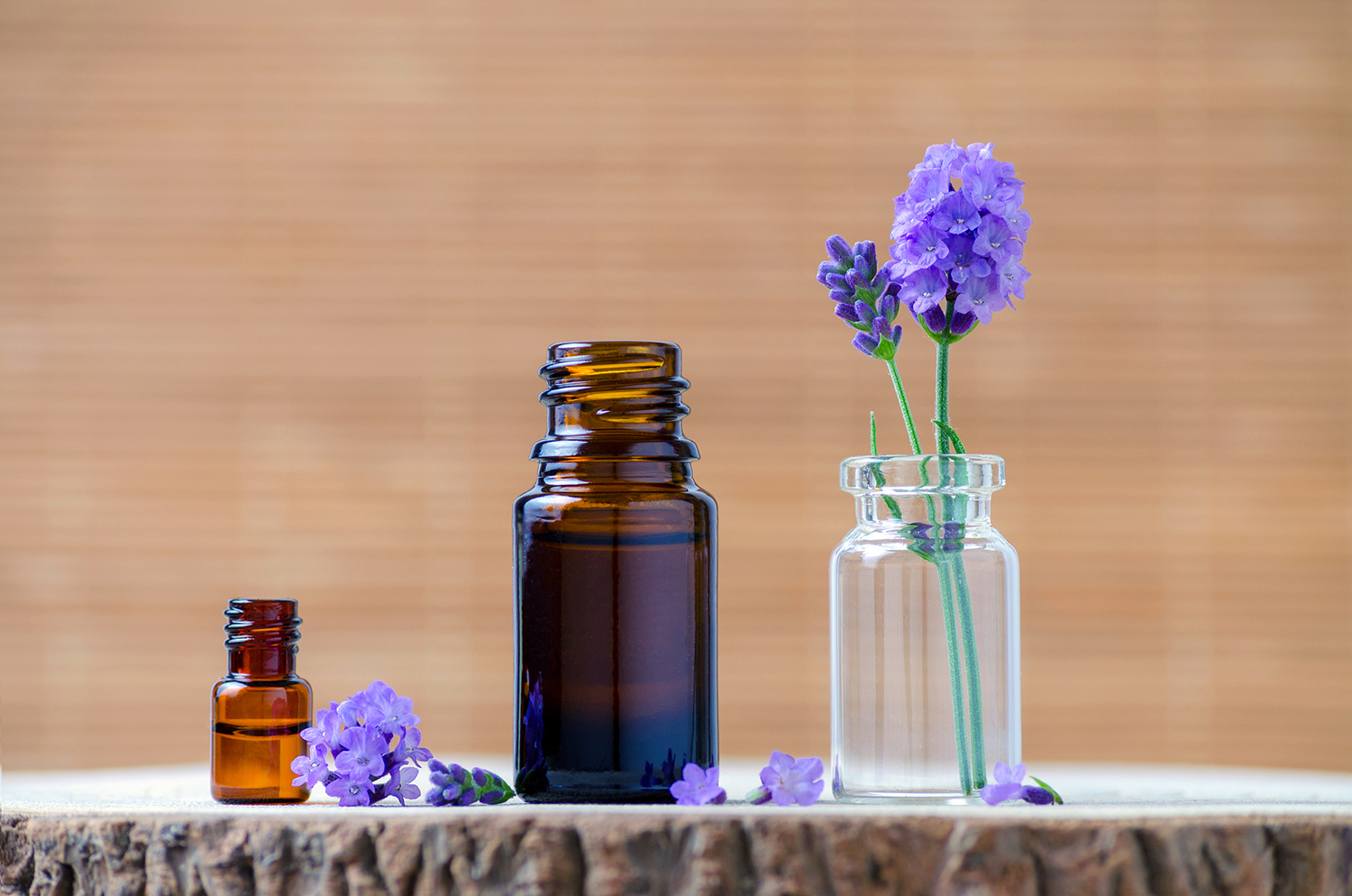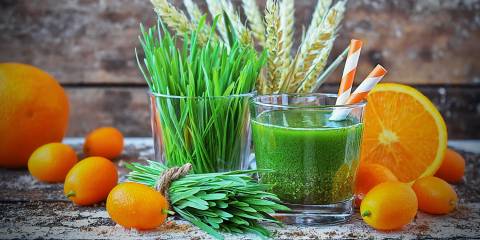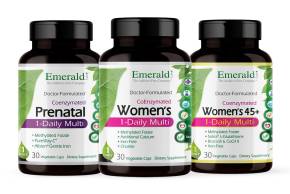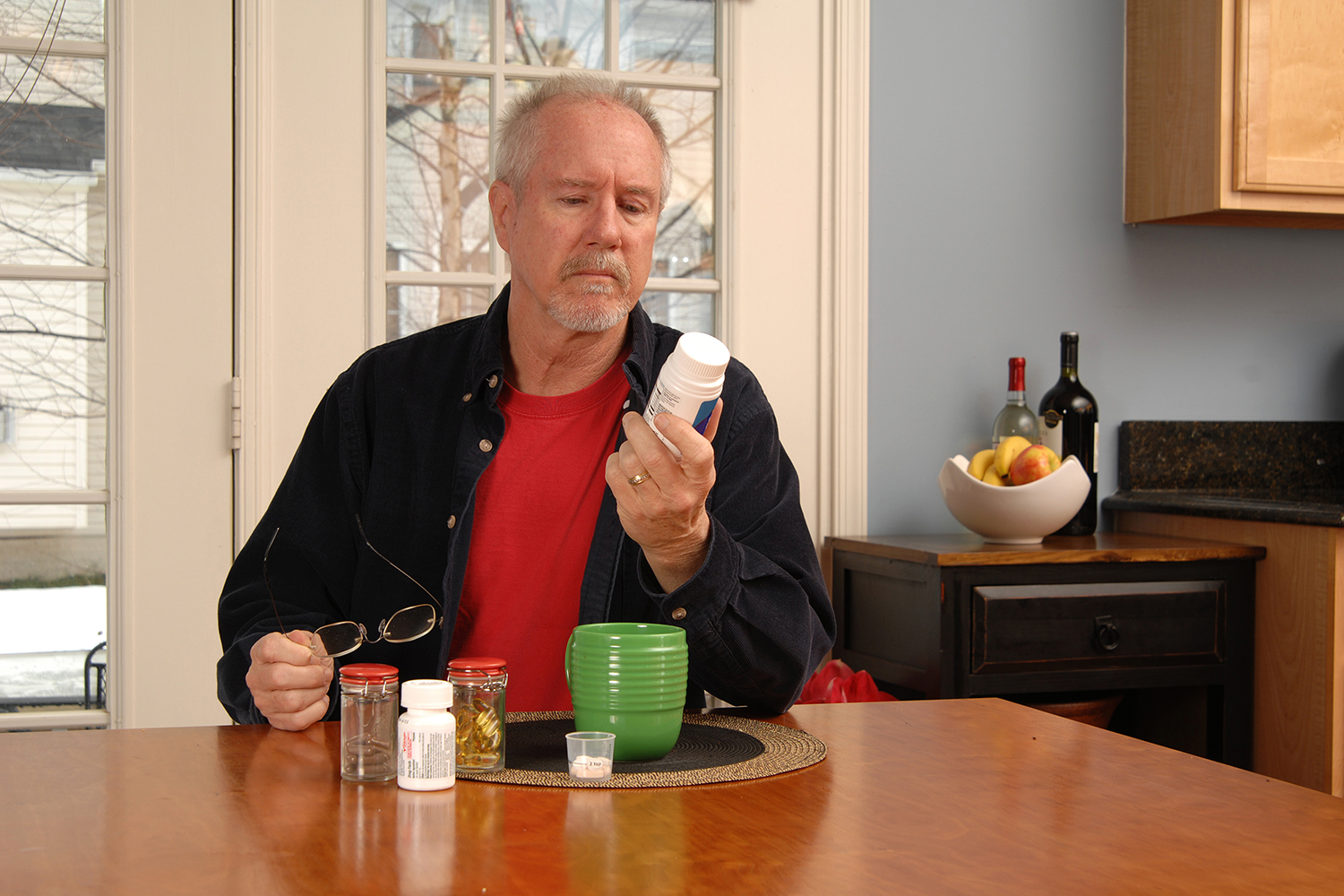Essential oils have been used for thousands of years to provide relief from common ailments—they can lift your mood, make it easier to focus, and help you relax after a hard day at work.
Using Essential Oils
Derived from plants, essential oils can affect the body in a couple of ways:
- When inhaled, essential oils pass from the lungs into the bloodstream.
- When diluted and absorbed through the skin, they enter the circulatory system.
Used properly, essential oils can be amazing natural remedies.
Topical Use with Carrier Oils
Since they’re highly volatile, essential oils evaporate when exposed to air. But when combined with carrier oils, they easily can be applied to the skin and hair, or used for massage.
Since essential oils are very concentrated, some individuals can have reactions to them if they’re applied directly to the skin. To prevent this, a carrier oil is used to “carry” the benefits directly into the skin.
Carrier oils are produced from vegetables, fruits, nuts, and seeds. Pressed from the fatty portions of plants, they do not evaporate the way essential oils do, nor do they have as strong an aroma.
They do, however, offer many therapeutic benefits of their own. Rich in vitamins, minerals, and essential fatty acids, they can help improve the health and softness of the skin.
Bathing with Essential Oils
Baths offer the perfect occasion to reap the benefits of essential oils. But you should never add essential oils directly into bathwater, advises Lora Cantele, author of The Complete Aromatherapy & Essential Oils Handbook for Everyday Wellness ($24.95, Robert Rose, 2014).
Oil and water don’t mix. Putting essential oil directly into a bath leaves the undiluted substance floating on the top of the water. It could then come into direct contact with the skin and potentially cause irritation and pain, Cantele explains.
Instead, while your tub is filling with water, mix a tablespoon of carrier oil like grapeseed with about 5 drops of essential oil in a nonreactive bowl.
After the tub has filled and the water’s off, add the oils to your bath and stir the water with your hand. This method avoids the loss of any essences through evaporation.
You could also use an unscented body wash or liquid castile soap in place of the carrier oil, Cantele says.
Common Essential Oils & Their Benefits
Throughout history, humans have extracted oils from grasses, seeds, flower petals, buds, bark, wood, stems, leaves, and roots. These powerful scents have been benefiting humankind in many ways—soothing minds, lifting spirits, and healing bodies. Here are some common essential oils and their benefits:
-
Chamomile Oil
- inhibits skin activity of:
- bacteria
- fungi
- toxins
- improves wound healing
- improves eczema
- lifts mood and eases:
- oversensitivity
- stress
- insomnia
- inhibits skin activity of:
-
Eucalyptus Oil
- antiseptic for:wounds
- helps treat insect bites
- enhances skin repair
- reduces on the skin:
- inflammation
- itching
- scent can:
- increase energy
- relieve:
- congestion
- headache
- shock
- stress
-
Geranium Oil
- helps smooth wrinkles
- benefits oily and dry skin
- uplifting and eases anxiety
- balances mind and body
-
Lavender Oil
- anti-inflammatory properties
- helps heal:
- stretch marks
- scars
- lifts mood and eases:
- nervousness
- irritability
- insomnia
-
Lemongrass Oil
- reduces:
- skin infections
- oily hair
- acne
- deodorant properties
- sedating and soothing
- eases:
- nervous exhaustion
- stress
- reduces:
-
Tea Tree Oil
- antifungal
- antibacterial
- helps heal:
- wounds
- acne




















